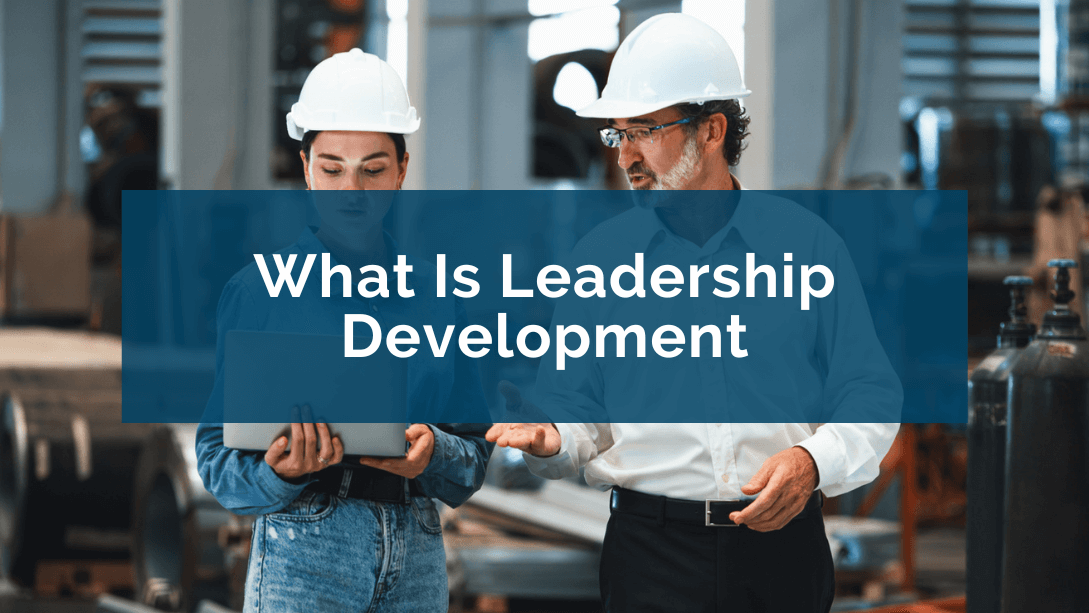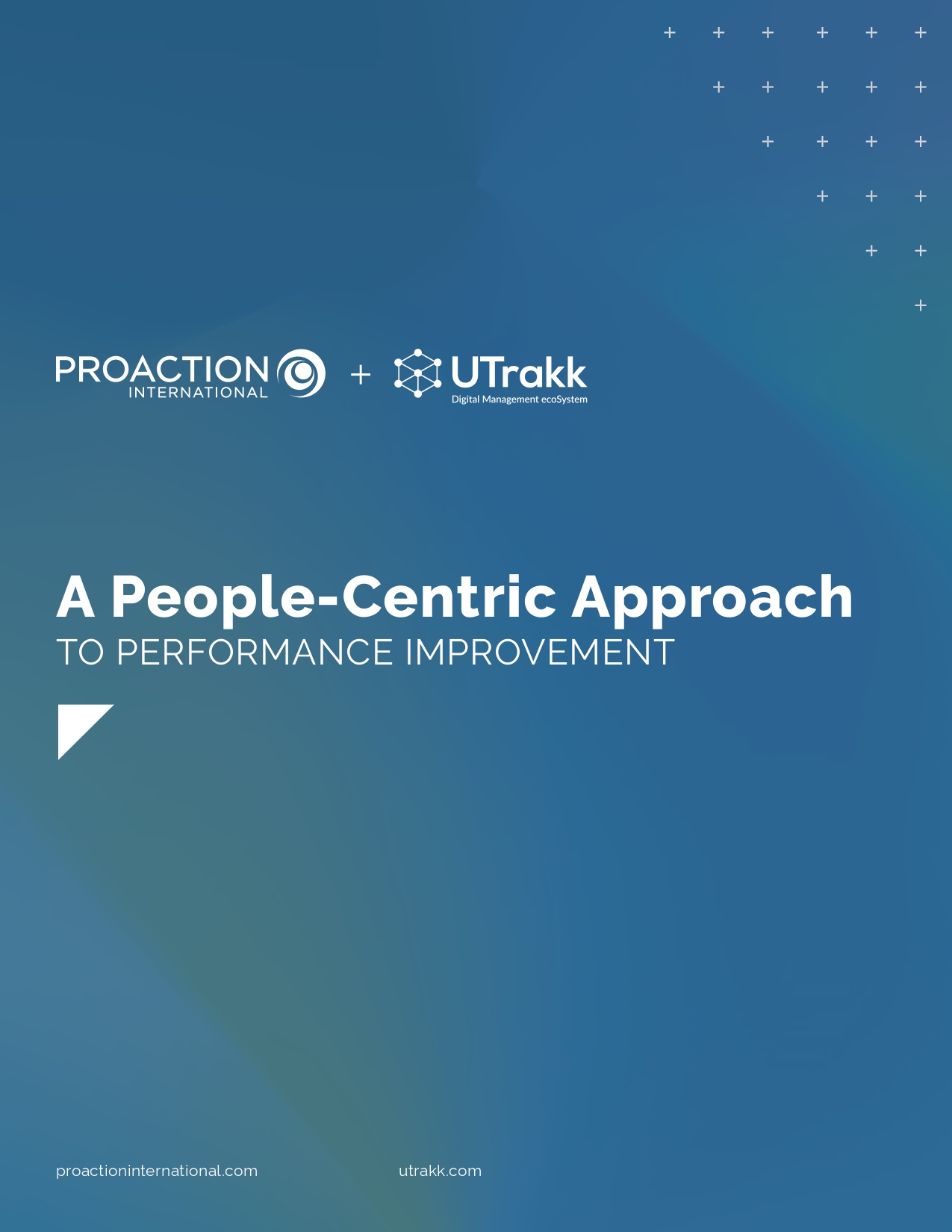What is leadership development?
Most of the traits of successful leaders can be distilled down to two elements. They know how to: 1) Bring multiple teams together, 2) Make great decisions.
Gallup, It’s the Manager
Leadership role isn't just about charisma or giving orders. A leadership position doesn’t necessarily make you a good leader; it doesn't stop at a title or a function. It's a powerful and complex concept, referring to an individual's ability to influence, inspire, engage, and guide a group toward a common goal while promoting collective performance.
Hierarchical power is insufficient to speak of leadership. A manager can have authority without being a good leader, just as someone with no official title can exercise strong leadership by positively influencing those around them.
Leadership is based on legitimacy acquired through skills, vision, and the ability to unite. A leader goes beyond operational management:
- They motivate, inspire, and give purpose to actions.
- They encourage innovation and autonomy.
- They foster cohesion and transform their environment.
- They adapt their management style based on the situation.
3 Fundamental approaches to leadership
There are various theories on leadership, but three approaches dominate the subject:
1. Situational leadership
This approach, popularized by Paul Hersey and Ken Blanchard, is based on a simple idea – there is no universal leadership style. Effective leaders know how to adjust their behavior according to the people and circumstances involved. Rather than relying on a single style, leadership is flexible.
This theory includes four leadership types, each corresponding to employees' autonomy and competence level.
- Authoritative: Suitable for beginners or inexperienced employees who need clear, precise instructions. The leader makes decisions and gives strict instructions to guide action.
- Persuasive: For developing employees who still lack confidence or expertise. The leader remains present to guide and motivate while explaining decisions to encourage learning and buy-in.
- Collaborative: Ideal for teams that have acquired a degree of autonomy. The leader encourages exchange and collaboration, involving employees in decision-making to strengthen their commitment.
- Delegative: Suitable for autonomous experts who have mastered their field. The leader grants great freedom, letting employees make decisions and manage their work independently.
2. Transformational and transactional leadership
Transactional leadership is based on a relationship of exchange – the leader frames and structures, sets objectives, and rewards success. This type of leadership is effective in environments where discipline and results are a priority (e.g., industrial production). Key principles include: rules, rewards, measurable performance.
Transformational leadership is based on motivation and inspiration – the leader relies on the deep commitment of team members and pushes them to go beyond their limits by creating a strong and inspiring vision. This type of leadership is often found in tech companies and start-ups. Key principles include: motivation, commitment, innovation
3. Leadership based on emotional intelligence
Successful leaders are not necessarily the most technical but the most emotionally intelligent.
According to science journalist Daniel Goleman, emotional quotient is a key determinant of leadership. A good leader can manage their emotions, understand those of others, and develop solid interpersonal relationships. This ability brings a more human dimension to leadership.
A study published in 2024 in the Revista de Gestão Social e Ambiental revealed that leaders with high levels of emotional intelligence often demonstrate a range of behaviors that enhance their effectiveness, including optimized communication, better decision-making, and the ability to manage and resolve conflicts constructively.
Why is leadership development important
Leadership is essential in every field, whether in business, politics, sports, or even society. It is built and perfected throughout a career or a lifetime. Leadership development goes far beyond simply enhancing skills; it is a critical strategy to inspire, rally, and carry forward a collective vision.

The pillars of leadership development
As previously mentioned, leadership is not solely based on technical skills or a hierarchical title; rather, it is defined by a set of qualities and aptitudes that develop over time and with experience. An effective leader inspires, guides, and engages their team by relying on strong foundational principles.
Introspection and emotional intelligence: Better self-knowledge for better leadership
Think of Socrates' famous “know thyself.” Effective leadership begins with a thorough understanding of yourself. Understanding one's reactions and identifying strengths and areas for improvement enables the leader to adopt a more authentic and coherent posture. Emotional intelligence plays a key role here, as it allows us to manage our emotions, adapt to difficult situations, and interact better with others.
A leader who can control stress, empathize, and distance themself from tension will be better able to build trust and respect within their team.
Communication and active listening: The art of understanding and engaging
A good leader knows that communication is at the heart of their influence. It's not just a question of passing on instructions or expressing ideas but also of creating a constructive and engaging dialogue.
Active listening helps you to understand the needs and concerns of others and to adapt what you say. A leader who can express themselves in a benevolent and clear way fosters harmony and makes their colleagues feel heard and involved.
Vision and decision-making: Cultivating strategic thinking
A leader must manage the present but also build for the future. A motivating and clear vision gives purpose to actions and fosters employee engagement around a common goal.
This strategic capacity is also based on decision-making, which requires lucidity and discernment. Leaders know how to analyze a situation, weigh up the various options, and make coherent choices, even in the face of uncertainty.
The more a leader develops their ability to anticipate and guide, the more they become a reliable point of reference for their team.
Adaptability and resilience: Keys to great leadership in times of change
Impactful leaders must adapt to change without losing stability. In unforeseen events, crises, or market changes, resilience is crucial to face adversity without panicking and to preserve organizational culture.
Agile managers adjust their strategies, encourage innovation, and reassure their teams in times of transition. By cultivating this flexibility, they create a dynamic of progress and evolution rather than stagnation in the face of challenges.
Impact and inspiration: Creating a lasting dynamic of motivation
A leader drives commitment, creating collective momentum around a shared mission. They must set an example, embody strong values, and encourage everyone to give their best.
A leader's impact is measured by their ability to engage their employees, make them feel valued, and rally them around a stimulating project. The more inspiring a leader is, the greater their team's long-term motivation and performance.
Leadership development programs
In addition to theoretical knowledge and natural qualities, leadership development requires exploring different development strategies and adopting tools.

1. Training, coaching, and mentoring
Leadership training
There are several types of training courses available, depending on level:
- Emerging leaders: Training on the basics of management, interpersonal communication skills, and team management.
- Intermediate managers: Training in strategy execution and decision-making, emotional intelligence, and conflict management.
- Senior leaders: Advanced training in transformational leadership, innovation, and large-scale change management.
Personalized leadership coaching
Leadership coaching is a personalized approach that enables the coachee to identify their strengths and areas for improvement, fine-tune decision-making, better manage emotions, and overcome challenges holding them back.
Coaching is beneficial in the following situations:
- Taking on new leadership responsibilities requires rapid adjustment.
- Need to improve impact and influence in the entire organization.
- Wanting to develop a more assertive and authentic leadership posture.
Mentoring
Mentoring enables you to benefit from the advice and feedback of a seasoned leader. It's a form of support based on exchanging and sharing best practices. Another advantage is that it opens the door to a broader network, fostering new professional opportunities.
Mentoring can be set up informally or via specialized companies' programs.
2. Learning by experience and feedback
Field training
There's nothing better than action to improve leadership skills. Adopting different leadership styles to see what works best can be helpful depending on the situation and teams.
Here are some ideas for practice:
- Take the lead on a cross-functional project to hone your coordination skills.
- Lead meetings with greater involvement of participants.
- Learn to delegate and trust your team.
Every experience is a learning opportunity that enables you to adjust your approach.
360 degree feedback
360 degree feedback involves gathering input from colleagues, superiors, and partners to understand your influence. It's a highly effective way of measuring leadership effectiveness.
It enables you to:
- Get an outside view of your leadership style.
- Identify strengths and areas for improvement through objective and constructive feedback.
- Adjust one's behavior according to the expectations and needs of one's environment.
Learning through failure
Failure is often perceived negatively when it is highly instructive, even indispensable. Every failure is a step towards progress. The most successful leaders know how to analyze their mistakes, learn from them, and adapt their approach.
Today's leadership is based on an essential ability – to learn, unlearn and relearn; a concept known as “learning agility”.
3. Personal development
Development of a continuous improvement approach
A leader never stops learning. Adopting a continuous improvement approach and mindset of personal growth means constantly looking for new skills and leadership development practices.
Some habits to develop:
- Allow yourself time to reflect on your successes and mistakes.
- Observe other inspiring leaders and learn from their approaches.
- Regularly train in new management and communication methods.
Tests and self-assessments
Personality tests and leadership assessment tools are handy because they help the leader improve self awareness and better understand their ways, natural strengths, and areas they need to work on.
Among the most widely used are:
- MBTI (Myers-Briggs Type Indicator): Analyzes functioning and preferences regarding communication and decision-making.
- DISC: Highlights dominant behavioral and relational style.
- StrengthsFinder (Gallup): Helps you identify your natural talents to make the most of them in leadership.
Studying theories from experts
Learning about leadership also involves personal enrichment, starting with reading. Certain books are often cited by experts, including:
- Leaders Eat Last by Simon Sinek, on commitment and trust within teams
- The 7 Habits of Highly Effective People by Stephen Covey, on habits and self-discipline
- Dare to Lead by Brené Brown, on vulnerability, courage, and authenticity
- Absurd Decisions by Christian Morel, on decision-making and error analysis
In a more dynamic, easily accessible format, podcasts are also great learning tools:
- Coaching for Leaders
- The Ed Mylett Show
- Leadership Biz Cafe
Developing leadership: The everyday road to positive impact and success
Far from being static, developing leadership competencies is a continuous process. It's not just about occupying a position or applying standardized methods. Leadership skills are constantly evolving, honed and strengthened by time and experience. It's a dynamic posture that involves measuring one's impact, understanding others, questioning and adapting oneself while cultivating an inspiring vision that speaks to as many people as possible. It's not just about helping your teams grow; it's also about allowing yourself to grow.
To initiate this transformation, start with a concrete action – ask your colleagues for feedback or set yourself a specific personal development objective (e.g., analyze your style, work on your emotional intelligence, test a new leadership style, etc.). Beyond experience and introspection, leadership development programs offer a structured framework for honing your skills and strengthening your impact. Training, coaching, or mentoring, these approaches accelerate progress and anchor new practices for the long term.
Whether you're a manager, an entrepreneur, or simply looking to evolve, the question isn't “Am I a leader?” but “How can I become a better leader today and tomorrow?”. Because, at its core, leadership is not a destination but a constant journey. Take one step at a time, and remember that every initiative counts.









